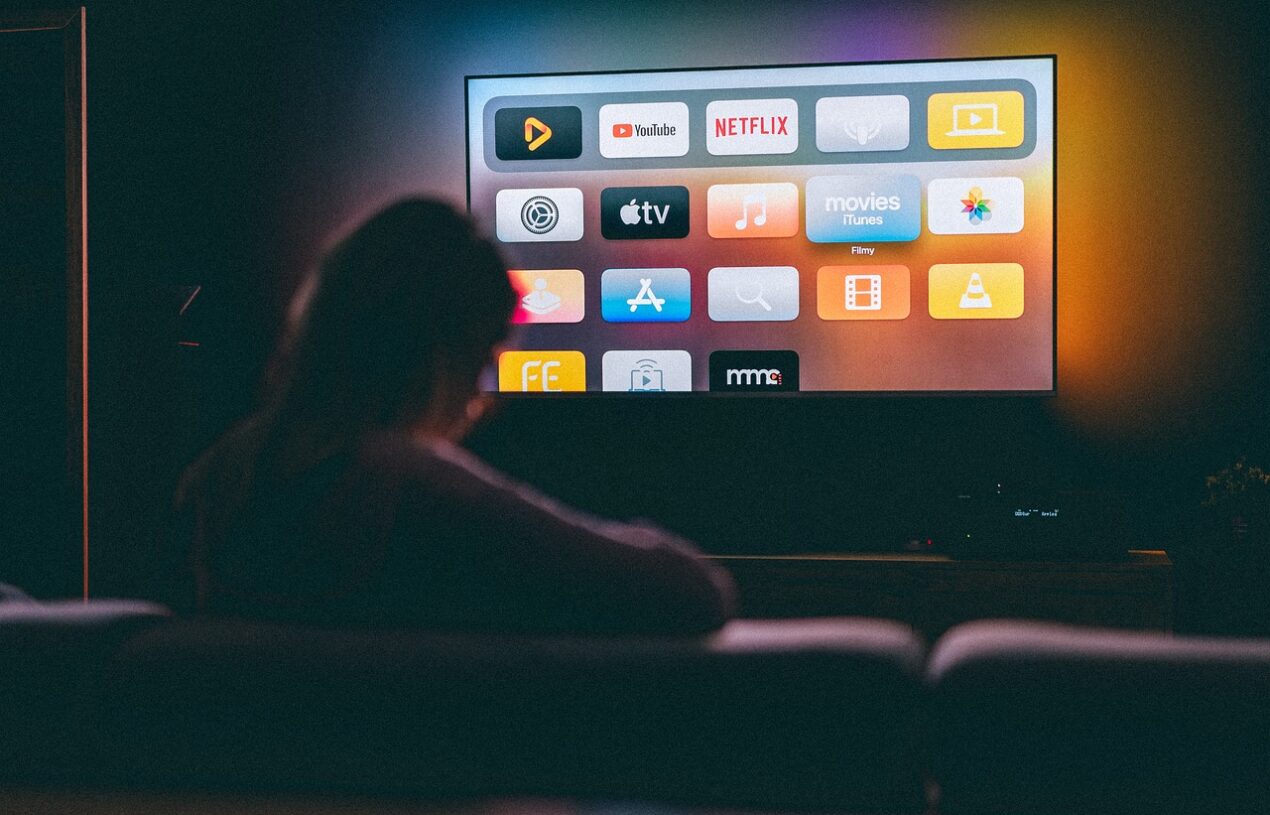In today’s digital age, traditional cable TV subscriptions are becoming a thing of the past. With the rise of streaming services, viewers now have the flexibility to customize their entertainment experience while saving money in the process. If you’re looking to cut the cable cord without breaking the bank, this guide will walk you through the process and introduce you to ten streaming services, highlighting their benefits and drawbacks.

Why Cut the Cord?
Before we dive into the world of streaming services, let’s discuss why cutting the cable cord is a smart financial move. Traditional cable packages often come with hefty monthly bills, long-term contracts, and channels you might never watch. Streaming services, on the other hand, allow you to select only the content you want to watch, offering a more personalized and cost-effective entertainment solution.
Top 10 Streaming Services: Benefits and Drawbacks
Netflix
Cost: Plans start at $8.99 per month
Benefits: Netflix offers a vast library of original shows, movies, documentaries, and more. Its user-friendly interface and recommendation algorithm make it easy to discover new content.
Drawbacks: The selection might not always include the latest releases, and the cost can increase if you want access to Ultra HD content or multiple screens.
Hulu
Cost: Plans start at $5.99 per month
Benefits: Hulu provides a mix of current TV shows, original content, and a limited selection of movies. Subscribers can access new episodes shortly after they air. You can add a Disney+ and ESPN+ for about $15/month.
Drawbacks: The basic plan includes ads, which can be annoying. To remove ads and access additional content, the price increases. Read here about Hulu + Live TV.
Disney+
Cost: $7.99 per month
Benefits: Disney+ is a must-have for fans of Disney, Pixar, Marvel, and Star Wars content. It also offers exclusive original series and movies.
Drawbacks: While it’s family-friendly, the content might not be as varied as other platforms.
Amazon Prime Video
Cost: Included with Amazon Prime membership ($12.99 per month)
Benefits: Alongside its vast library of TV shows and movies, Amazon Prime Video provides access to original content and the ability to rent or buy additional titles.
Drawbacks: The interface can be less intuitive compared to other streaming services.
HBO Max
Cost: $14.99 per month
Benefits: HBO Max grants you access to HBO’s acclaimed series, movies, and exclusive originals, such as “Game of Thrones” and “Succession.”
Drawbacks: The higher cost might be a deterrent, and the library might not be as extensive as some other services.
Westinghouse Roku TV

Peacock
Cost: Free with ads; Premium plans start at $4.99 per month
Benefits: Peacock offers a blend of current TV shows, movies, and classic content. Some users can access certain shows for free.
Drawbacks: The free version includes ads, and not all content is available in all plans.
Apple TV+
Cost: $4.99 per month
Benefits: Apple TV+ boasts a growing selection of original shows and movies, with a focus on high-quality storytelling.
Drawbacks: The library is currently smaller than other services, and there might be limited third-party content.
Paramount+
Cost: Plans start at $5.99 per month
Benefits: Formerly CBS All Access, Paramount+ offers a mix of current and classic TV shows, movies, and live TV events.
Drawbacks: The original content might not be as strong as other platforms, and the availability of certain shows could be limited.
YouTube TV
Cost: $64.99 per month (for the first 3 months, $72.99 per month thereafter)
Benefits: YouTube TV provides live TV streaming with a wide range of channels, including sports and news. It also offers unlimited cloud DVR storage.
Drawbacks: The higher cost compared to other streaming services might be a concern.
Sling TV
Cost: Plans start at $35 per month
Benefits: Sling TV offers customizable channel packages, allowing you to tailor your lineup to your preferences. It’s a good option for budget-conscious viewers.
Drawbacks: Some channels might not be available in certain packages, and the user interface could be improved.
Creating Your Cord-Cutting Strategy
To cut the cable cord without going broke, consider the following steps:
Assess Your Needs: Determine what type of content you value the most. Are you a movie buff, a sports fan, or a TV show enthusiast?
Set a Budget: Calculate how much you’re willing to spend on streaming services each month. Remember that the costs can add up quickly, so make sure to find the right balance.
Trial Periods: Most streaming services offer free trial periods. Take advantage of these trials to test out different platforms and find the ones that suit your preferences.
Bundle Deals: Some streaming services offer bundle deals or discounts when you subscribe to multiple platforms through a single provider. Explore these options to save even more.
Equipment and Internet: Make sure you have a reliable internet connection and a compatible device (smart TV, streaming stick, gaming console, etc.) to enjoy your chosen streaming services.
Regular Evaluation: Periodically review your chosen streaming services to ensure they still align with your entertainment needs. Cancel any services you no longer use.
In conclusion, cutting the cable cord doesn’t have to drain your wallet. With a plethora of streaming services available, you can tailor your entertainment experience to your preferences and budget. By assessing your needs, setting a budget, and taking advantage of free trials, you can create a cost-effective cord-cutting strategy that allows you to enjoy quality content without going broke. Remember, the key is finding the right balance between the services you love and the cost you’re willing to pay. Happy streaming!

